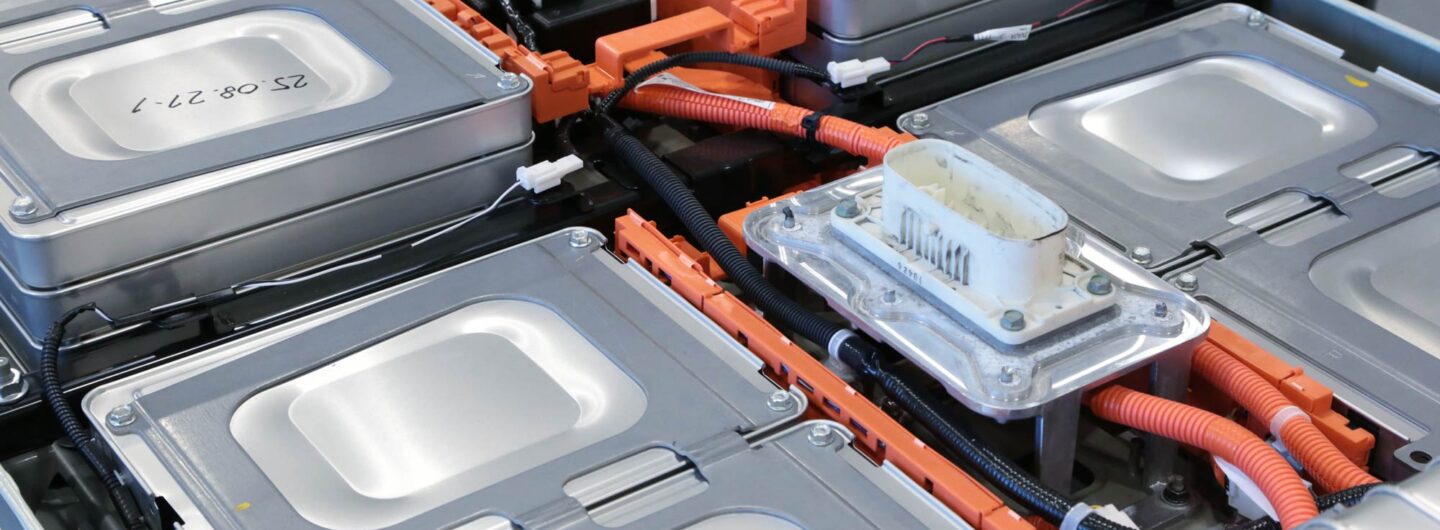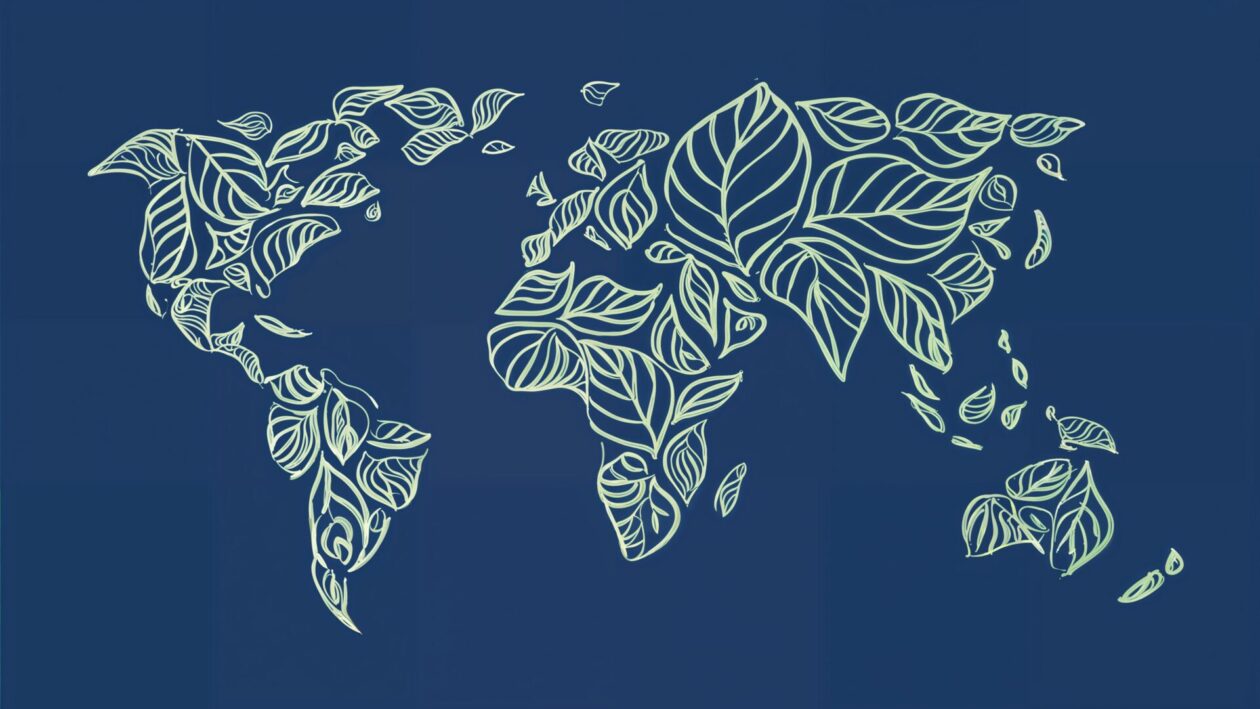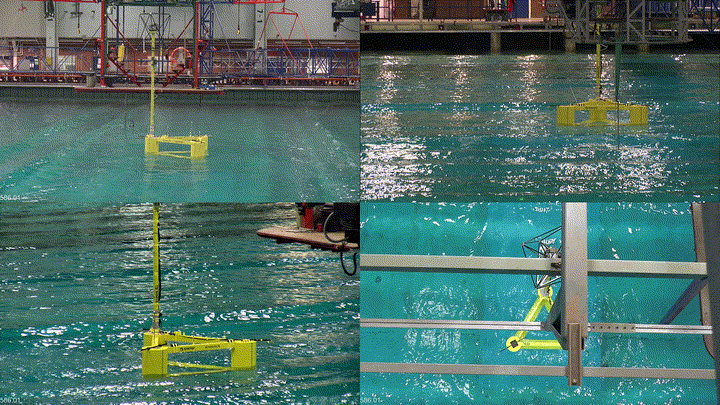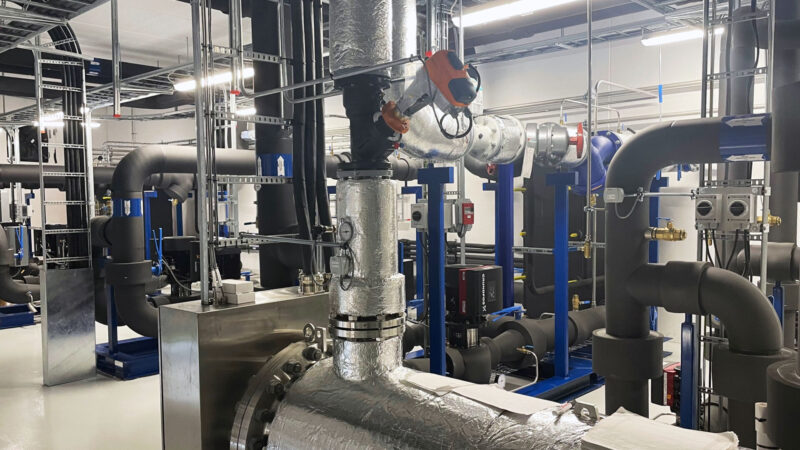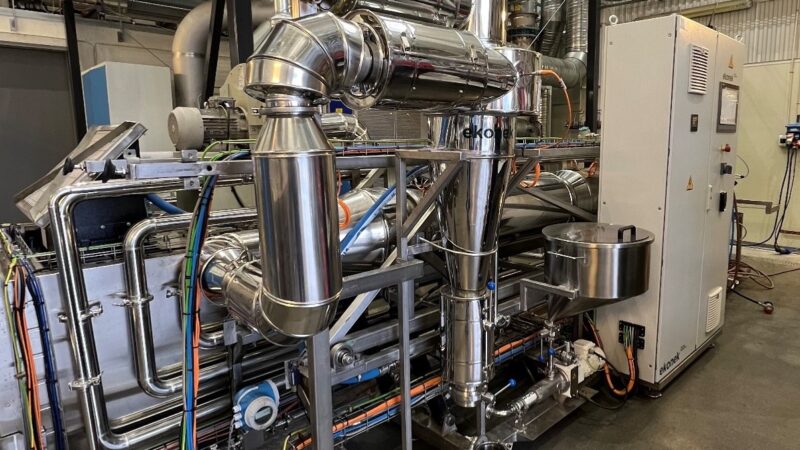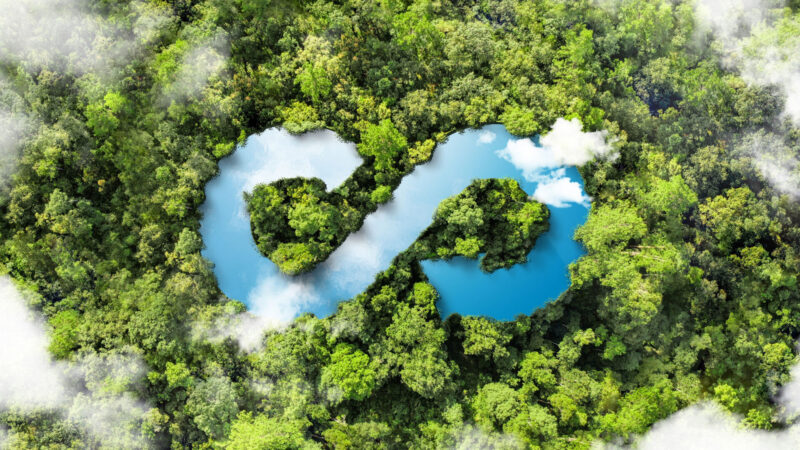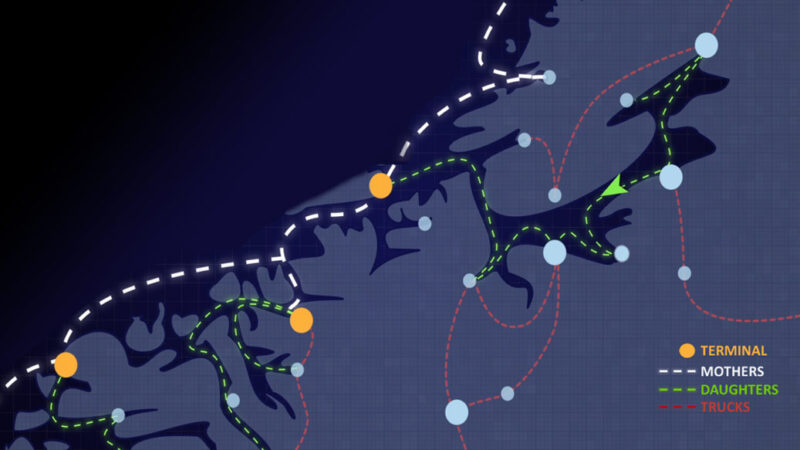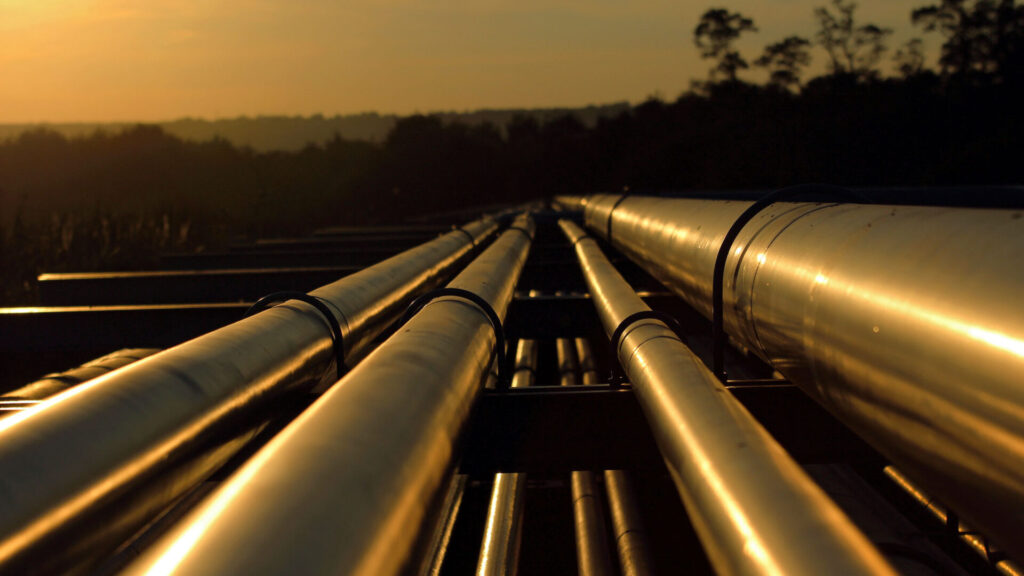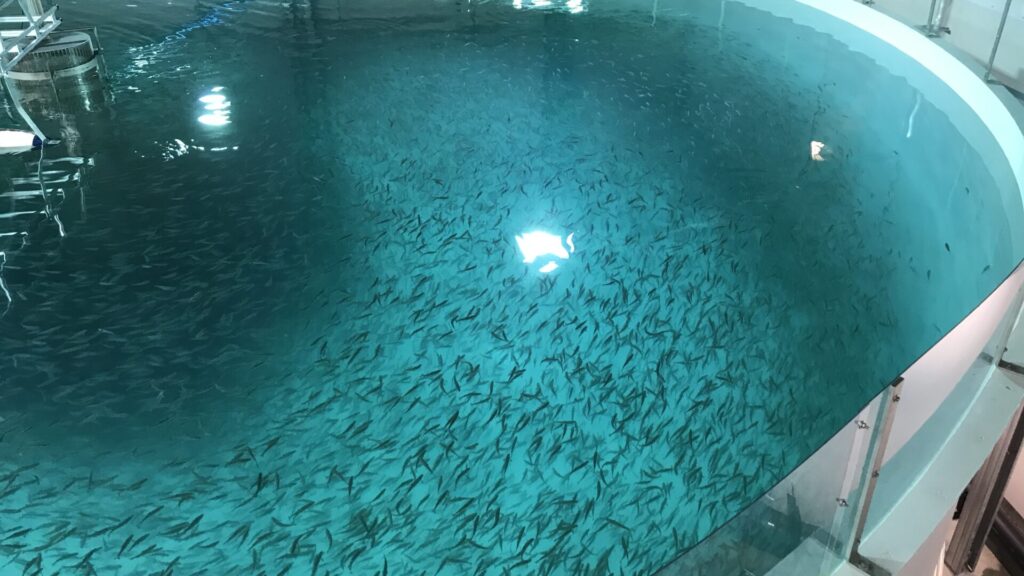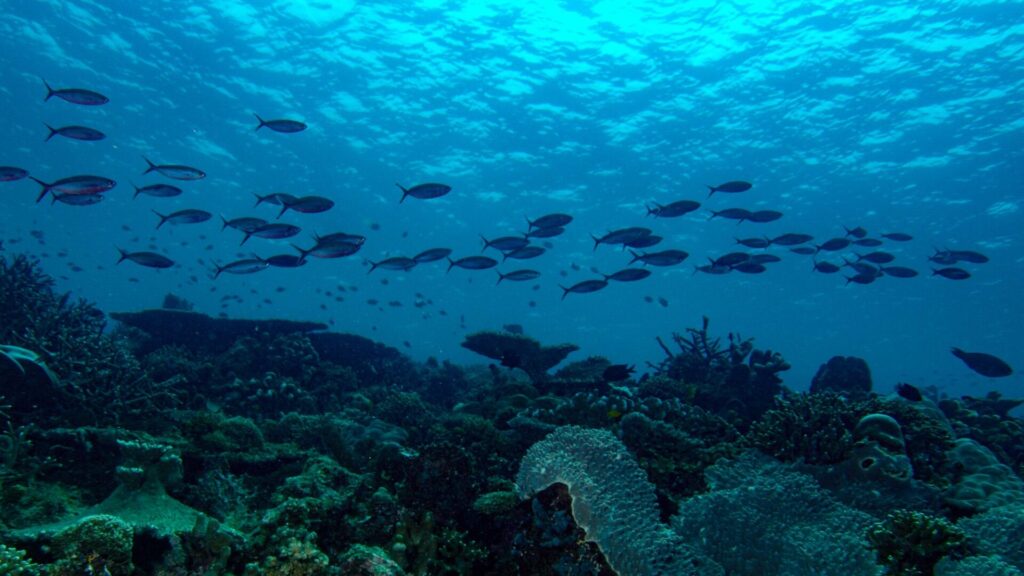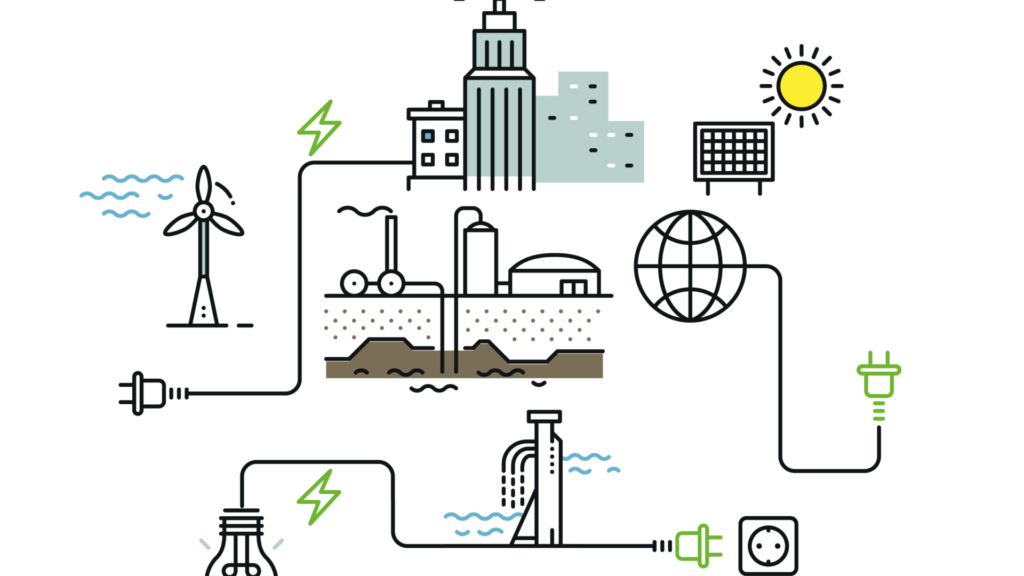Latest Posts
Staying on the right path: finding key metrics for successful development of wave energy converters
Wave energy converters (WECs) are devices that harness the energy from ocean waves and convert it into another form of power which is…
Improved engineering method for the safe design of CO₂ pipelines
CO₂ capture and storage (CCS) is a promising solution for reducing CO₂ emissions and mitigating climate change. However, before CCS can be widely deployed, a large network of high-pressure transport pipelines must be established to transport the captured CO₂ to storage sites. An essential aspect of pipeline design is avoid running ductile fracture (RDF), which is when a pipeline defect develops into a fracture under pressure forces from the escaping fluid.
From Industry 4.0 to Smolt 4.0 – Next generation of smolt production by applying the principles of Precision Fish Farming (PFF)
The aquaculture industry is a vital player in global food production and is facing an increasing demand for farmed fish as the global…
Marine food powders: a solution for reducing food waste
New technology can help reducing food loss and waste, and contribute to a sustainable food systems and future food security.
Biochar: Renewable carbon from biomass for the metallurgical industry
Biochar and tar/bio-oil can replace fossil materials in metallurgic processes. However, the Industrial Revolution has left deep scars, not least of which include global warming, which has led to the climate crisis we’re currently experiencing. Put simply, we have to fix this, for both our children and planet Earth.
Scenarios for implementation of Energy Communities in Norway
The ongoing energy transition brings new opportunities for utilisation of distributed energy resources (DER) and for the evolution in the role of end-users from passive consumers to active customers, who both produce and consume energy.

